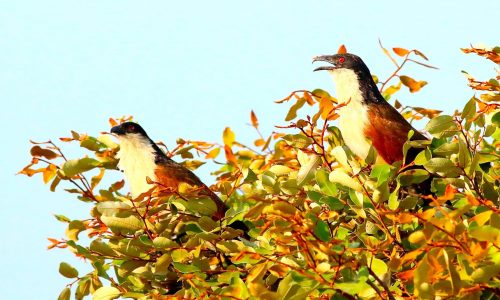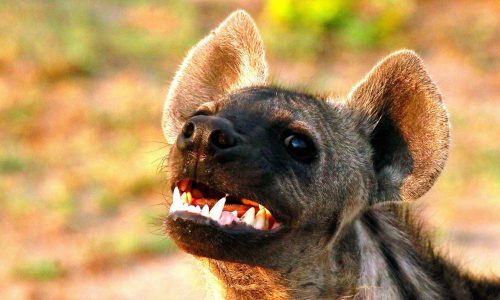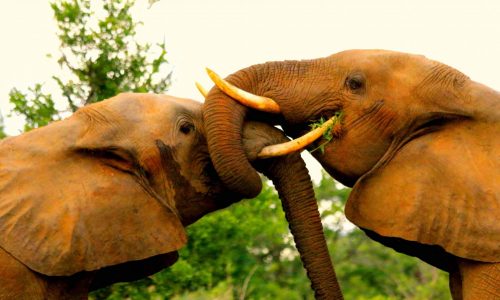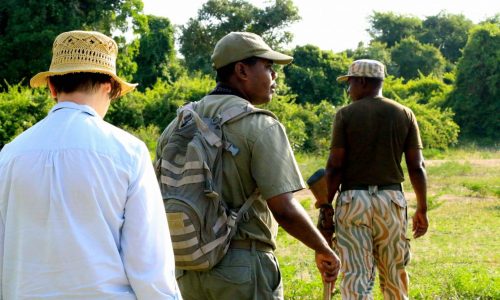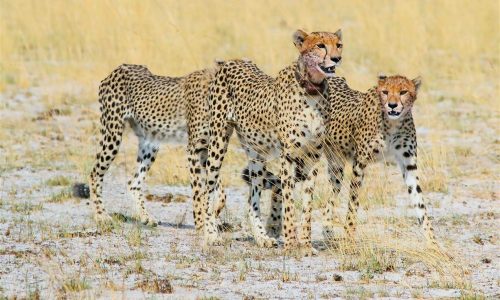Zambia
Africa Walking Safaris with a difference
Why travel to Zambia? One of the ultimate walking safari, wildlife and photographic destinations in Africa.
Conservation and responsible tourism will lead the way for a future of the “green” African Safari.
Intimate bush camps in Zambia provide the perfect luxury adventure. That will have you feeling up close and personal with nature. Over 72 dialects are spoken throughout Zambia with English being the country’s official language. Zambian Kwacha is the main currency though American dollars are still widely used throughout major hotels. Local Zambian cuisine offers a choice of “nshima” maize flour made into a mash like appearance. Its thick consistency, accompanied with vegetables in a peanut sauce is tasty.
Exploring the local culture, history and wildlife will forever change your perspective of travel.
Zambia When to Travel
Zambia really is an intriguing destination to visit in the green and dry seasons. Both offer a totally varied experience. If you are a lover of birdlife and photography then green season is definitely a great time for you. The seasons in Zambia generally fall into three seasons. Predominantly green, dry and transition seasons. Majority of the country is situated on a vast plateau bringing moderate to mild temperate days.
The river valleys are hot and humid towards the end of dry season building up in anticipation for the summer rains.
Green season brings a changing vegetation from the months of November through to end of April. Rivers swell and photography opportunities are endless, birding is spectacular with breeding season in full plumage. Impala and Puku tend to their young enjoying the plentiful food that the rains bring. Transitions months May to August are cool and water levels are starting to recede. The small water pools are drying up and animals are in search of more permanent sources. The peak dry season months August to mid November offer a feeling of desolate wilderness.Wildlife concentrate around waterholes.
As they compete for every drop. The Luangwa River is now only a trickle in some areas and lion prey easily on unsuspecting wildlife. If you are walking between camps it is best done early morning to avoid the midday heat. Temperatures can reach the mid 40’s in both the Luangwa and Zambezi Valleys. January to March the lush green season has officially begun and birdlife are at their best. The Luangwa River is in full flow making some areas only accessible by boat. Walking is spectacular and baboons tease angry elephants with fruit below.Region Focus
Rustic luxury, wildlife safaris and walking adventures are key in selecting Zambia’s more interesting areas and national parks. Endemic wildlife, walking viewing and sharing one of the “Seven Natural Wonders” of the world, such as Victoria Falls. Are what makes each destination in Zambia unique. The varying seasons highlight a different experience to the one that you would have previously had before. In the remote park of North Luangwa, it is even more perfect for a walking adventure. Or enjoy the Lower Zambezi for a serene canoe safari on the less thundering part of the mighty Zambezi River.
Kafue National Park, Zambia is an untamed wilderness with the focus of the ‘real Africa’ in mind.
The winding rivers of the Luangwa, Kafue and Zambezi meander their way through the country. If you are after endemic or rare wildlife then you may even come across the black lechwe found in the floodplains of Bangwelu. Hippos grunt noisily in the distance before lowering themselves into the river to safety.
Or if you would like to see one of Zambia’s oldest parks then Liuwa Plains is a must on any bucket list.
Only one road in…North Luangwa.
Remote, unspoilt wilderness, harsh landscapes and wildlife adventure are what makes North and South Luangwa so special. With only one road into North Luangwa exploring is mainly done on foot. Conservation is paramount to preserve the black rhino with grassy plains, Mopani woodlands and Sausage trees being a highlighting feature. The Mwaleshi River feeds into the main Luangwa River flowing down into its sister park, South Luangwa.
Back to nature on foot…South Luangwa.
Walking in South Luangwa is the most exhilarating wildlife experience you can possibly imagine. Seeing herds of Elephant, Impala, Puku and the endemic Cookson’s Wildebeest a short distance away is amazing. Baboons tease a herd of elephants below with the temptation and promise of succulent fruit. The elephants push against the trees to unbalance the unruly and mischievous baboons. Giraffe elegantly move towards a less noisey area as they watch the agitated elephants in fascination.
Floodplains and wetlands….Kafue National Park.
Varied habitats and seasonal floodplains, the area from December to June is generally unaccessible.
For each the camps that are still open in the rainy season, you will definitely need to have your wet weather gear on. Busanga Plains in dry season are abundant with lion, plains game and the very rare roan antelope. Kafue plays a big part in protecting the endangered wild dog populations that are constantly under threat. In the months from June to October you will be in for a treat. Looking closely enough to see tree climbing lions in a nearby fig.
A canoe, hippos and how fast can you paddle….Lower Zambezi.
The Lower Zambezi is colourful with wildlife and adventure, with a walking or canoe safari you can explore this unique and diverse area. Located directly opposite from its Zimbabwe counterpart Mana Pools, it has a mountainous escarpment providing a beautiful backdrop for any African sunset. Warthog dart off in the distance, playful bull elephants tussle for male dominance. Lion, hyena, buffalo and leopard are also seen with elephant crossing the Zambezi river in dry season.
History and the last lady lioness…Liuwa Plains.
Aptly know for being one of Africa’s oldest national Parks and the last lioness Lady Liuwa. The sole remaining survivor after all lions in the park were poached. Today with only one camp in the area King Lewanika highlights getting away from it all. The wildlife and diversity of Liuwa will have you in awe. African Parks with their conservation efforts have reintroduced a number of species over the past few years. Implementing a number of community projects to help provide local people with alternative income. Cheetah and hyena populations are now on the road to recovery and the park is home to the second largest wildebeest migration in Africa.
For more information on our Zambian Safaris feel free to give us a call or alternatively pop us an email!
Select another destination below
Want to chat about your next African safari holiday?
Our trip planners are destination specialists and here to help you every step of the way.

